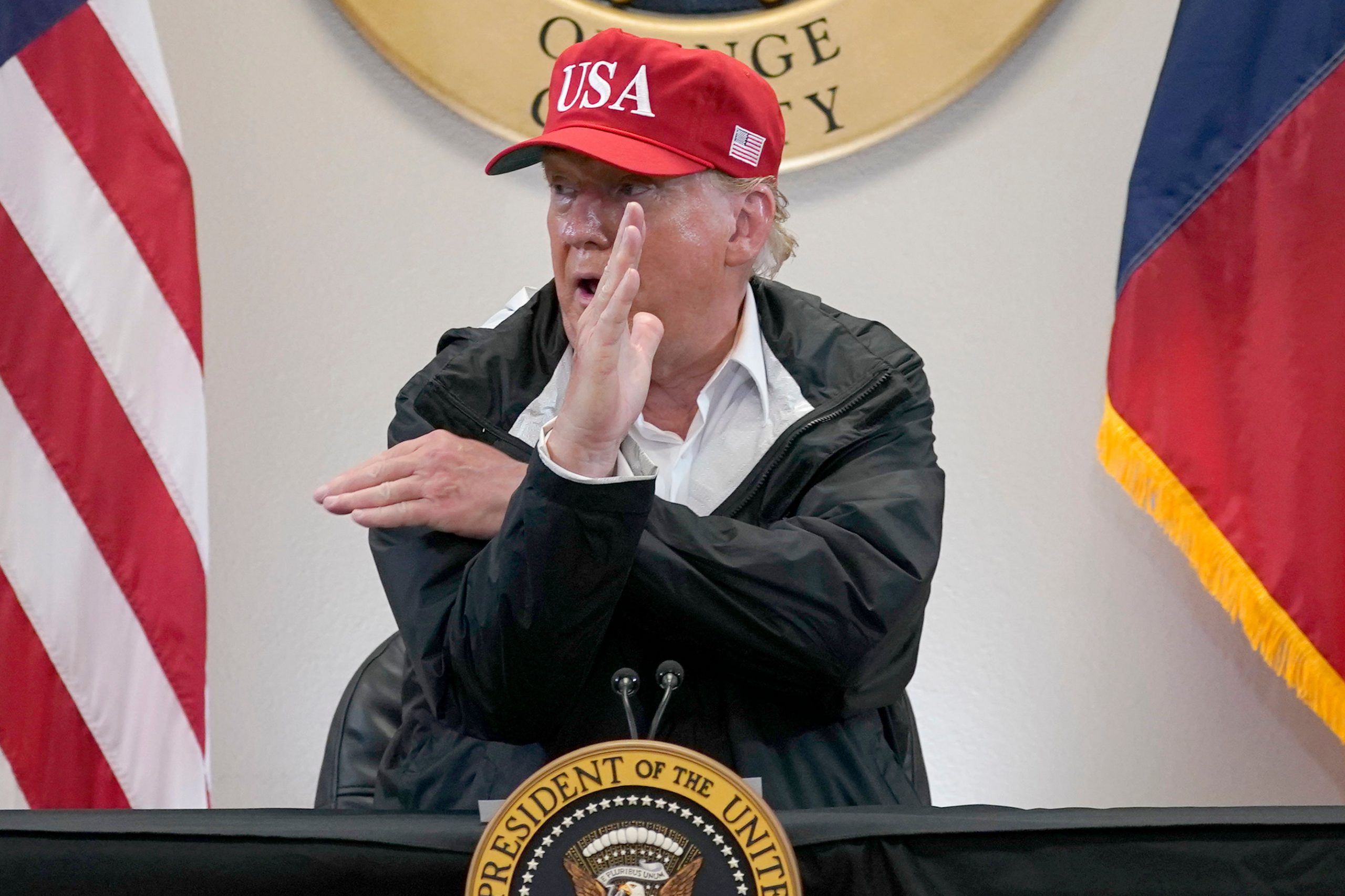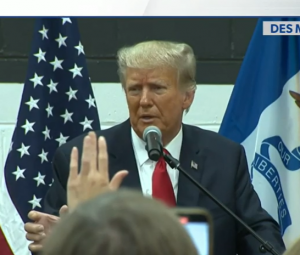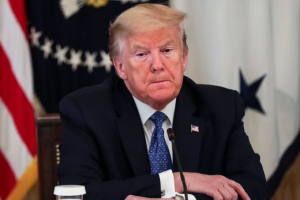It’s a promise he might be able to keep: battling for reelection, President Donald Trump is telling supporters he will pack the Supreme Court with conservative-leaning justices for a generation to come if he defeats Joe Biden in November.
With the court’s balance already tipped 5-4 towards the right, Trump says he could be able to replace two of the court’s elderly liberals during a second term — and one or possibly two retiring conservatives.
None of that is certain, and it depends also on the US Senate, which approves the president’s choices, remaining in Republican hands. But the possibilities are clear. The two oldest justices on the nine-seat court are progressive icon Ruth Bader Ginsburg, now 87 and with frequent health issues, and moderate Stephen Breyer, 82. After them is the conservative Clarence Thomas, 72, who many think could retire in a second Trump mandate.
Also Read: Trump says ready to spend own money to boost campaign
Hoping to motivate his political base, Trump is expected this week to announce his list of possible nominees — a slate likely to be loaded with strongly anti-abortion and pro-business candidates.
Supreme Court seats are “precious,” said Justin Crowe, a political science professor at Williams College in Massachusetts. “There are only nine of them on the court and they don’t come up that often.” In 2016, the real estate billionaire and political novice convinced dubious religious and constitutional conservatives to support him when he published a list of potential judge nominees who were known to be sharply on the political right.
“It’s a way of mobilizing a group of voters who might otherwise be skeptical about you,” said Crowe. Trump kept his word. He named Neil Gorsuch in April 2017 and Brett Kavanaugh in October 2018. Both ticked off all the boxes for the conservative establishment, with a bonus: their relative youth. Gorsuch, at 53, and Kavanaugh, 55, will likely hold their for-life bench positions for decades. Yet to the frustration of Trump and other Republicans, their arrival did not seal an unbreakable conservative majority.
Also Read: Portrait of an election: US race boils down to six swing states
Early this year, some of the right-of-center justices joined the progressives to deliver controversial decisions — enshrining LGBT rights and rejecting new abortion restrictions, for example.
“We’ve had a lot of losses with a court that was supposed to be in our favor,” Trump complained in June. Adding two more conservative to the Supreme Court could make their bloc unbeatable. In that case, the court would very likely to be able to achieve what conservatives have desired for decades: to overturn the landmark 1973 Roe v Wade decision which guaranteed women the right to have abortions.
The current court has collectively been cautious about breaking with established precedents like Roe v Wade. But a court with seven conservatives could be emboldened to do just that. Steven Schwinn, a law professor at the University of Illinois, said it is possible that Trump — or Biden if he wins — will get to name three justices, but four is “highly unlikely.”
“I think Justices Ginsburg, Thomas, and Breyer are the most likely to leave the Court in the next four years,” said Schwinn. “But they all — especially Justice Ginsburg — have shown remarkable staying power, so I wouldn’t entirely count them out.” Many believe that Ginsburg, who has been in and out of hospital for the past two years, has clung to her black robes to forestall her replacement by Trump. If he is reelected, both she and Breyer could try to stay on, taking the example of former justice John Paul Stevens, who retired in 2010 at 90 under Barack Obama’s presidency. Likewise, Thomas would not likely retire if Biden wins the White House, says Tracy Thomas, director of the Constitutional Law Center at the University of Akron.
Court watchers are meanwhile focused on the next four-plus months before and after the election, when, if one of the judges died, Trump could push to replace them without waiting for election results or, if he loses, nominating someone before Biden takes office in mid-January. That would not be unprecedented — but could spark a nasty political fight. The last time a “lame duck” departing president made a court nomination was more than a century ago, notes Tracy Thomas.







